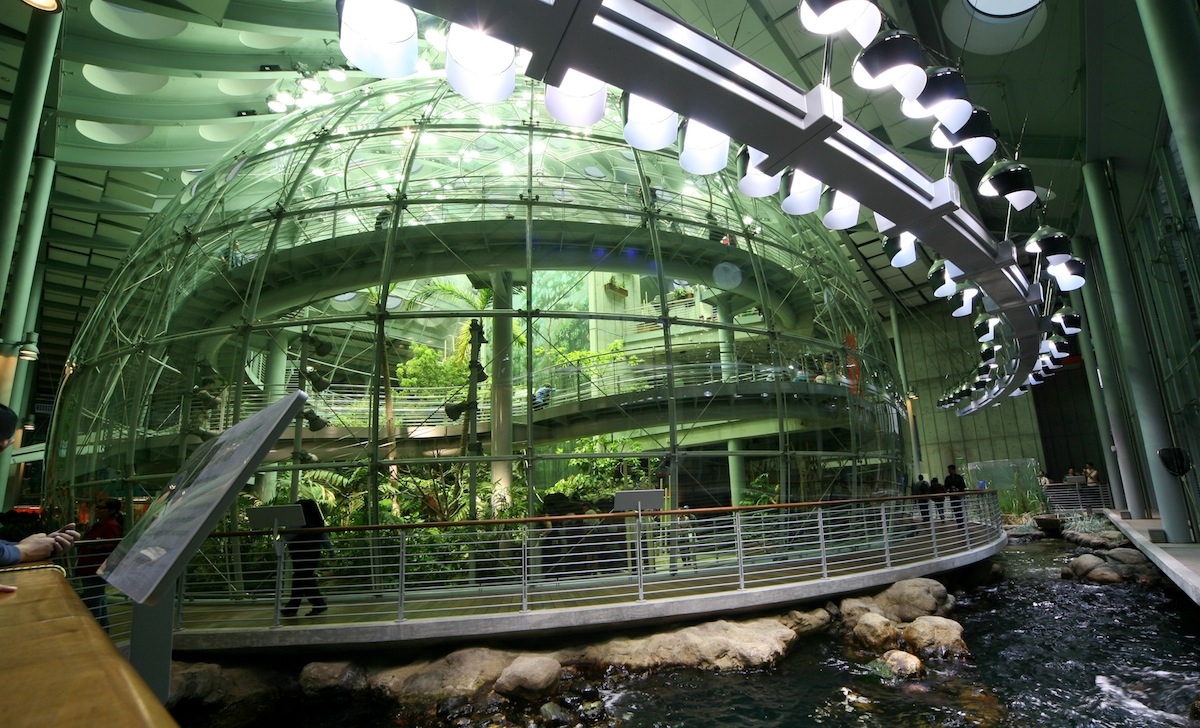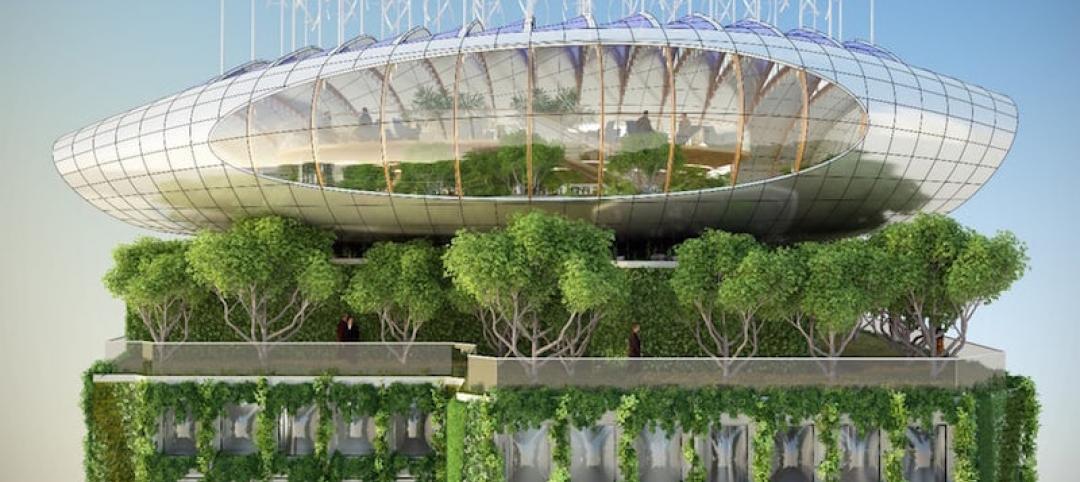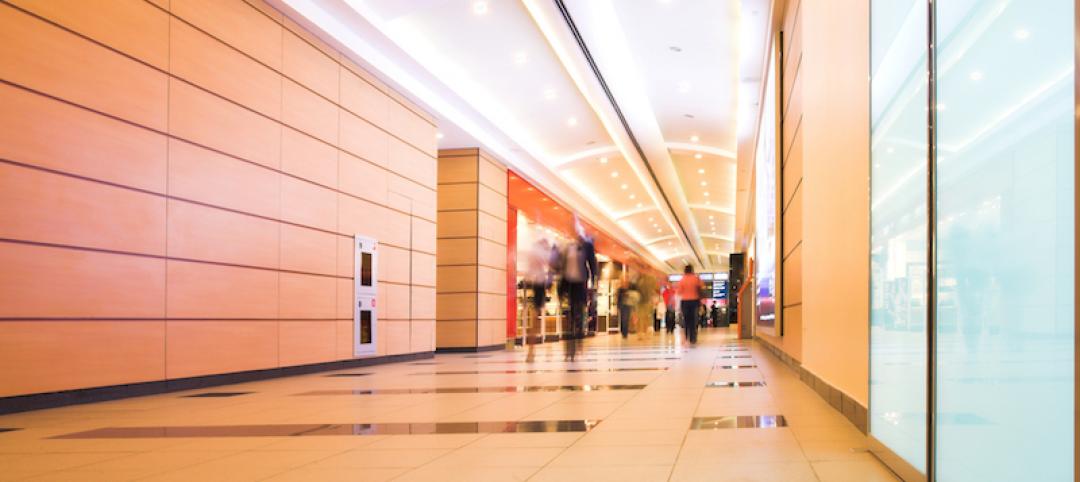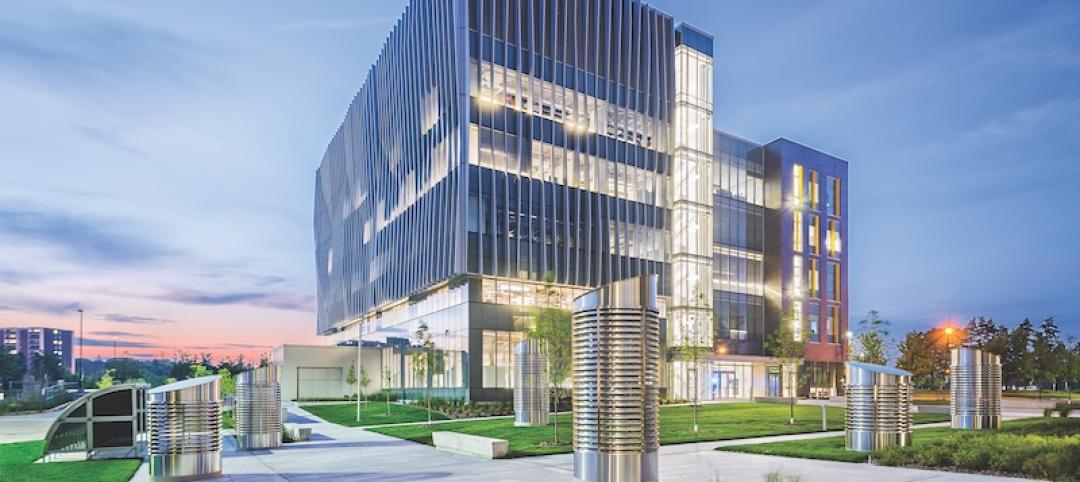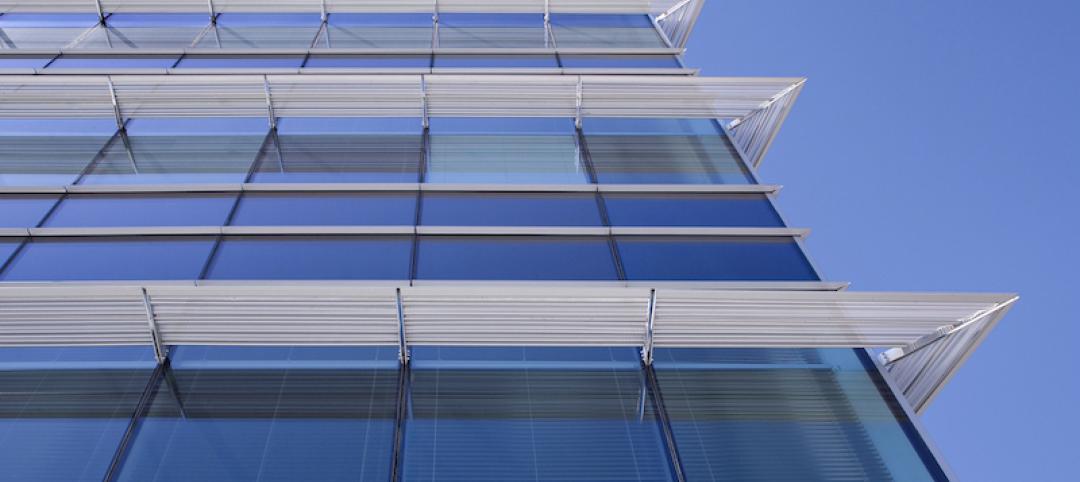The U.S. Green Building Council (USGBC) said it has availability of a new path for California project developers seeking LEED certification.
Starting July 1, non-residential projects in California subject to the mandatory 2013 California Green Building Standards Code (CALGreen) requirements will be able to use an alternative documentation path for LEED. CALGreen is the nation’s first statewide mandatory green building code, covering nearly all residential and nonresidential construction in California.
This new path will make beyond-code green building leadership even more accessible as the state continues to set more aggressive targets for energy and water efficiency, USGBC says.
The alternative documentation path outlines a set of documents that projects may provide in lieu of standard LEED documentation in order to demonstrate LEED compliance.
The alternative documentation path will be available for use on factors related to indoor water use reduction, refrigerant management, the storage and collection of recyclables, construction waste management, and the use of low-emitting paints and adhesives.
“These new streamlined documentation options offer cost savings to project teams while maintaining the quality and rigor of LEED,” says Jeremy Sigmon, director of Technical Policy, USGBC. “In turn, projects already designing and building to the CALGreen code will find LEED and its many benefits more readily within reach.”
Related Stories
Sustainability | Sep 19, 2016
Brussels’ Botanic Center apartment block looks to live up to its name with the addition of 10,000 plants and a rooftop “Chrysalis”
The project, which has been commissioned and is in the design phase, would eliminate CO2 and produce its own energy.
Energy | Sep 13, 2016
Oberlin College to hold conference on post-fossil fuel economy
The gathering will address climate change and new sources of energy.
BIM and Information Technology | Sep 7, 2016
Energy Star Portfolio Manager tool updated to factor in waste management
The costs and benefits of managing 29 types of waste are now included.
Sustainability | Aug 30, 2016
New federal project plans must include climate impacts
Agencies must quantify the specific impacts when possible.
Sponsored | Coatings | Aug 29, 2016
Making a greener future with biorenewable coatings
Biorenewable and recycled materials help eliminate waste and reduce the use of virgin materials
Green | Aug 29, 2016
Vancouver, B.C., to require zero emissions on new buildings by 2030
No net GHG emissions will be allowed.
Great Solutions | Aug 23, 2016
Visual energy model database demystifies net-zero design
Diamond Schmitt Architects’ ecoMetrics tool allows its designers to quickly analyze solutions based on models from 44 LEED-certified projects.
Energy Efficiency | Aug 17, 2016
Investor Confidence Project aimed at raising trustworthiness on energy efficiency projects
The new initiative screens projects to see if they are investor-ready.
| Aug 3, 2016
GREEN BUILDING GIANTS: Sustainability leaders turn to wellness and technology to get an edge
AEC leaders in green building are stepping up to a higher level of innovation and to be a green leader today, you have to dig deeper into data.
| Aug 3, 2016
Top 60 Green Building Engineering Firms
Jacobs, AECOM, and Arup top Building Design+Construction’s annual ranking of the nation’s largest green building sector engineering and E/A firms, as reported in the 2016 Giants 300 Report.


